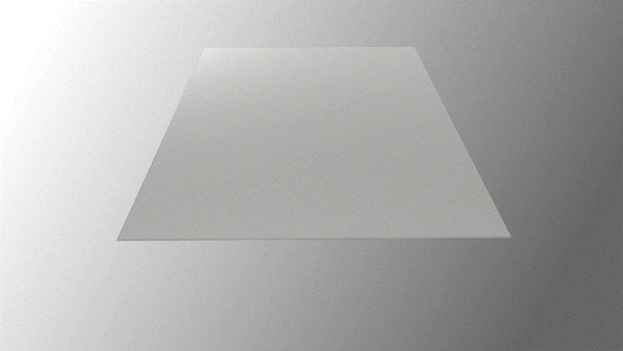Spiral-Wound Membrane

Description
Spiral-wound elements consist of membranes, feed spacers, permeate spacers, and a permeate tube. First, a membrane is laid out and folded in half with the membrane facing inward. The feed spacer is then put in between the folded membranes, forming a membrane sandwich. The purpose of the feed spacer is to provide space for water to flow between the membrane surfaces, and to allow for uniform flow between the membrane leaves.
Next, the permeate spacer is attached to the permeate tube, and the membrane sandwich prepared earlier is attached to the permeate spacer using glue. The next permeate layer is laid down and sealed with glue, and the whole process is repeated until all of the required permeate spacers have been attached to the membranes. The finished membrane layers then are wrapped around the tube creating the spiral shape.
Spiral-wound elements can be used for a variety of different applications including whey protein concentration, lactose concentration, cathodic/anodic paint recovery, dye desalting and concentration, sulfate removal, and oil separation in wastewater applications, among many others. Currently, Filttex offers nearly 30 various nanofiltration, ultrafiltration and microfiltration membranes for specialty process applications worldwide
Construction
Spiral-wound elements consist of membranes, feed spacers, permeate spacers, and a permeate tube. First, a membrane is laid out and folded in half with the membrane facing inward. Feed spacer is then put in between the folded membranes, forming a membrane sandwich. The purpose of the feed spacer is to provide space for water to flow between the membrane surfaces, and to allow for uniform flow between the membrane leaves. Next, the permeate spacer is attached to the permeate tube, and the membrane sandwich prepared earlier is attached to the permeate spacer using glue. The next permeate layer is laid down and sealed with glue, and the whole process is repeated until all of the required permeate spacers have been attached to the membranes. The finished membrane layers then are wrapped around the tube creating the spiral shape.
How it works
Feed travels through the flow channels tangentially across the length of the element. Filtrate smaller than the molecular weight cut-off will then pass across the membrane surface into the permeate spacer, where it is carried down the permeate spacer towards the permeate tube. The remainder of the feed then becomes concentrated at the end of the element body.

Advantages
Spiral-wound elements come in multiple configurations with different spacers, membrane types, lengths, and diameters that allow it to be used in a wide variety of applications. These elements have a very high packing density, surpassing the packing density of plate and frame, tubular, and capillary configurations. Spiral membranes also allow for easy cleaning through cleaning in place (CIP). Additionally, spiral-wound elements offer the best value per membrane area, smallest footprint, robust design which prevents membrane breakage (compared to hollow fiber) and has relatively low capital and operating costs.
